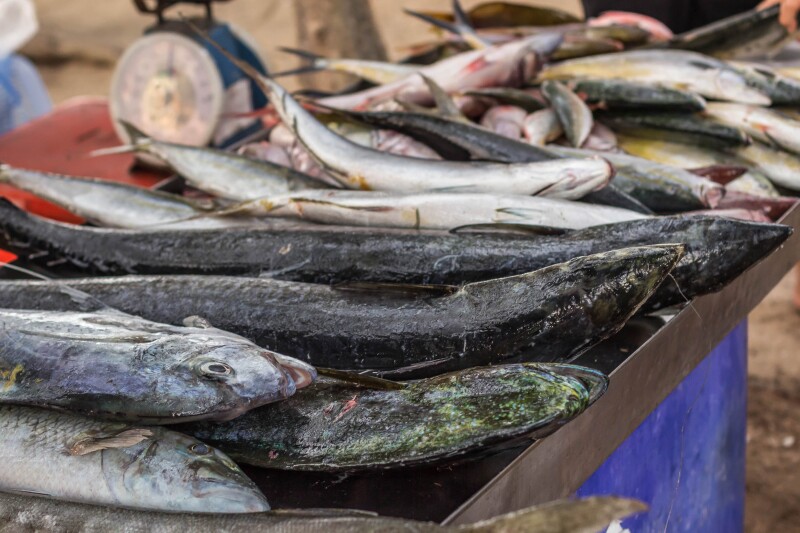A strange phenomenon in oceans worldwide: fish are shrinking. Scientists have been observing this occurrence in areas where overfishing isn’t a concern. The reasoning is still unknown, however, researchers have a few leading ideas.
According to The Washington Post, an analysis published in the journal Science found that almost 75% of marine fish worldwide decreased in size between the 1960s and 2020. Researchers have found that salmon near the Article Circle and skate in the Atlantic are shrinking. They also claim that due to climate change and overfishing, the size of adult fish is also decreasing.
Scientists have been working to truly figure out why the response to rising ocean temperatures is fish getting smaller. “This is a pretty fundamental question,” said Lisa Komoroske, a biologist at the University of Massachusetts at Amherst told The Washington Post. “But we still don’t understand why. How is it that we’ve known about this for so long, but we don’t understand mechanisms?”
Researchers have also pondered fishing from recreational and commercial fishermen. According to WP, the reason is that “fishermen like to catch large fish,” which leaves the smaller ones behind. A marine biologist from the University of Tasmania, Rick Stuart-Smith, claims that he can tell if a protected area has suffered from illegal fishing by the size and sometimes even the shyness of the fish he sees while diving.
Though this may be a valid answer to some, Komoroske and her colleague Joshua Lonthair decided to grow their own fish, claiming that many marine species face little fishing pressure but are still shrinking. The two began an experiment on sardines in California, but due to the pandemic, the lab was closed in 2020.
Lonthair shared, “We get a call that the facility is shutting down at midnight. I’m in the lab actually taking my final measurements on those fish for our first set of measurements.” Komoroske and Lonthair picked up their research after the pandemic and have since worked in Massachusetts with about 400 brook trout. All fish were fed the same diet, with some in 59-degree Fahrenheit water and others in 68-degree Fahrenheit water.
They found pretty drastic results showing that the trout raised in warmer water were, on average, less than half the size of the other fish. In the ocean, this occurrence is so common that it’s called the temperature-size rule, which states that animals that develop in warmer waters tend to grow faster and reach smaller maximum body sizes.
The Washington Post shared that for years, the leading theory for why fish grow to smaller adult sizes in warmer waters had to do with their gills. However, Komoroske and Lonthair found through dissecting the brook trout that the gills of the fish raised in warm water were more than large enough to meet the species' energy needs. This proves the original leading theory for why fish were shrinking wrong.
Click here to read more about the study and why fish are shrinking.







